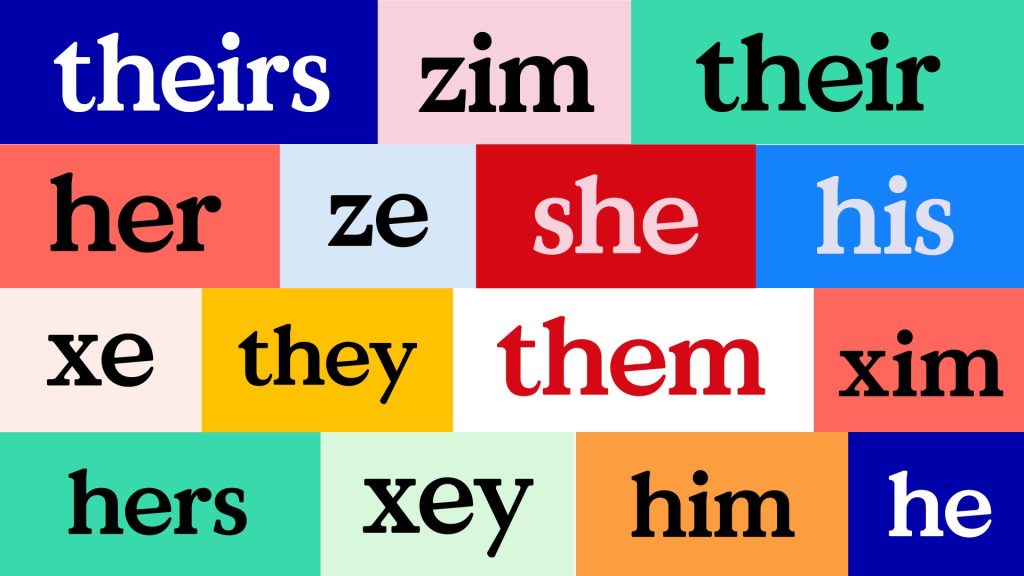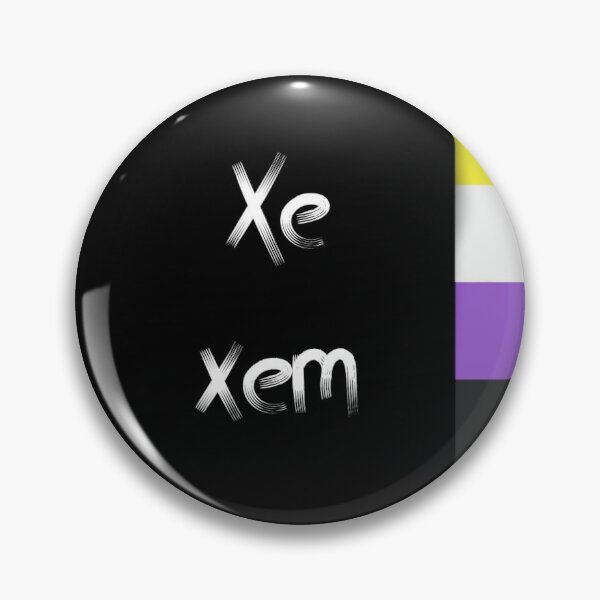Let’s respectfully talk gender identification.
How do we identify ourselves?
That’s not always an easy question to answer.
Recent years have seen the emergence of new terms, and some already used terms reimagined, as ways for people to identify their gender.
Gone are the days of the proverbial table clothed in the pink and blues of the gender-specific male or female.
And here are the days where gender is fluid, reimagined, and being rediscovered with new identifications.
So, this is a friendly, educating guide to some of those new identities; with a fuller list linked at the bottom.
LGBQT+

Celebrities like Miley Cyrus, Sam Smith and Jonathan Van Ness have brought a wider audience to the concepts of non-binary and gender-neutral persons.
The singular use of the word they is widespread and commonly used to identify someone who sees themselves as non-binary. As recent as 2019, Merriam Webster named ‘they’ as their word of the year.
“You are beautiful, like a rainbow”
Cyndi Lauper, True Colours
But, gender-neutral, or gender non-conforming, pronouns go past they/them/theirs. These set of pronouns are called neopronouns (‘neo’ meaning new) and this is a short guide to those identities.
Neopronouns: be new. Be you.
Neopronouns can be used by anyone, but are usually used by transgender, non-binary, and/or gender-neutral persons.
Here are some of the well-known neopronouns:
- Ne/nem/Nir/nirs/nemself
- Ve/ver/Vis/verself
- Spivak: Ey/em/Eir/eirs/emself
- Ze/Zie and Hir: Ze/hir/Hir/hirs/hirself
- Ze/Zie and Zir: Ze/zir/Zir/zirs/zirself
- Xe/xem/Xyr/Xyrs/xemself
Each set gives the person who chose them identity, confidence, and a feeling of self-security that they didn’t have before.
But, how do we use them respectfully; and with a mind to include.
Let’s go through each set (with the smallest of jaunts into your year-six grammar textbook).
The first of the five, the Ne, for example, in the first bullet; is the subject noun, ‘Ne laughed’.
The second in the second bullet, ver, is the object noun, ‘I called ver’.
‘Eir eyes gleam’
is an example of a neopronoun used as a possessive adjective.
The fourth bullet gives us hirs as the possessive pronoun, ‘That is hirs‘.
Whilst the fifth set shows Zirself as the reflexive pronoun, ‘Ze likes zirself’
The sixth set of neopronouns, that begins with the subject noun, Xe, can be used depending on the structure of the sentence; as seen with the other sets above.
“I believe in equality for everyone”
mahatma gandi
For those unfamiliar with neopronouns; it can be dauting to ask for fear of offence. And how to use, pronounce, and correctly identify the persons chosen identification.
The best way?
Is to ask.
“It’s totally OK to ask”
Jonathan Van Ness, S6, Queer Eye ep. ‘No More Bull’
Ask questions like “I heard you use ‘ze/zir’ pronouns and want to make sure I’m using them correctly. Can you help me?”
Or “Which is the right way to say your pronouns?”.

Be inclusive, not exclusive
Neopronouns take time to learn; so don’t be afraid if a person identifies as a pronoun you’re not familiar with – it’s just another way for a human-being to be comfortable.
It isn’t a way to strike-out; it’s a way to strike-in with the person’s self.
The neopronoun is similar to the traditional gender specific roles of ‘male’ and ‘female’ in the aspect that it helps, comforts and identifies the person using them.
“That’s language I didn’t have until I was in my 30’s. So, it’s normal that people don’t know”
Jonathan Van Ness
I hope this guide has been useful, respectful and if you were unaware of neopronouns, now feel more confident in using, talking and including them in your language.
After all, the aim is inclusion.
“We all should know that diversity makes for a rich tapestry, and we must understand that all the threads of the tapestry are equal in value no matter what their colour”
Maya Angelou
neopronouns are being added to, changed, discovered every day. So, if there are any pronouns you wish to talk about, please make us aware with a comment.
Click here for a fuller list of neopronouns.
By Mitchell wood @ mitchellwood@hotmailco.uk
For weekly content straight into your inbox, click follow.










Leave a comment